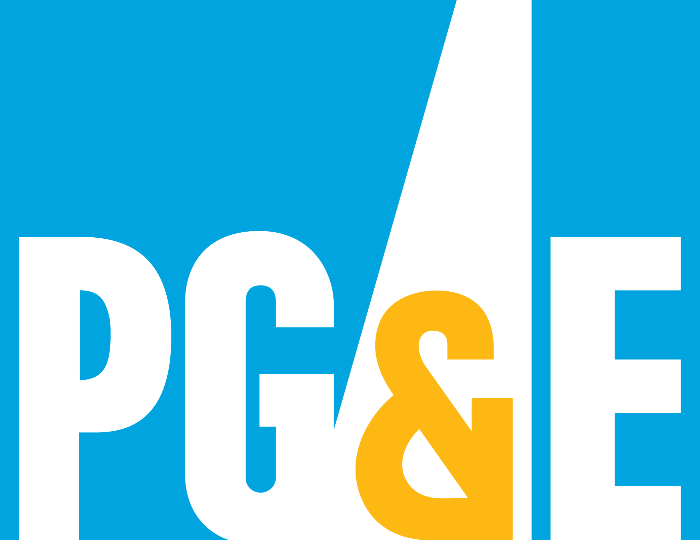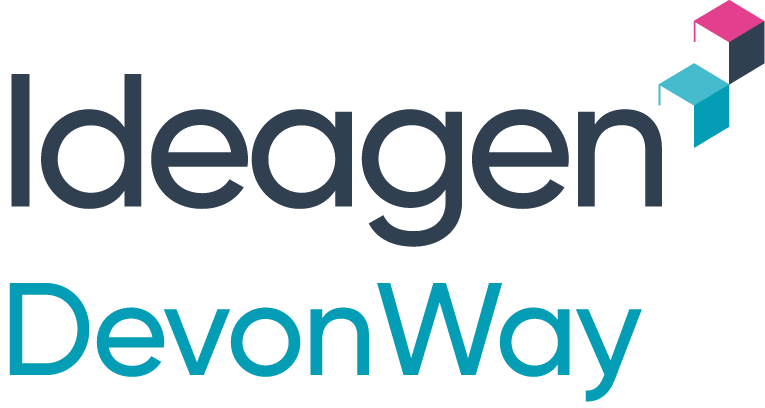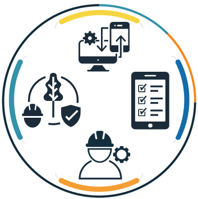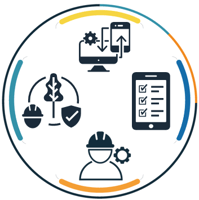Last week Pacific Gas & Electric, the largest utility in the US, shut off power to more than 2 million customers in the Bay Area, arguably the nerve center (sorry LA) of the fifth-largest economy in the world. Some estimates put the cost to the economy at over $2.5 billion, and the reputational cost to somewhere north of that.
The reason for the blackout was to avoid a disaster like last year’s Camp Fire, which destroyed entire towns, claimed 85 lives, and ultimately threw PG&E into bankruptcy. By shutting down large parts of the grid, PG&E could guarantee that downed power lines wouldn’t inadvertently spark a fire in dry, high-wind areas.
The problem is that power was shut off in lots of places where residents weren’t in much danger, either because they were comfortably far enough from dry trees and brush, or because there was no wind. Cynics pounced on the idea, right or wrong, that PG&E was giving the big middle finger to California, trying to teach them a lesson for suing them into bankruptcy. Or that the bankruptcy itself gave PG&E a financial incentive to exercise an overabundance of caution and perform shutdowns even where they weren’t necessary.
Whether the utility was operating out of genuine concern for its customers or for a more selfish reason is beside the point. (The real answer, like with any big decision, probably involves lots of different motives converging together.) What’s not disputed is that, yes, more people lost power than really needed to.
The reason for this, as with any large distributed system, is lack of good data and timely access to it. This isn’t a simple problem to solve. PG&E is enormous and, just as bad, grew organically – a new transformer here, a substation there – over a century. It’s no wonder there was confusion.
That said, solving a problem like that is complicated, but it’s not complex – meaning that the variables are known, can be measured, and lead to actionable results. How far away are the nearest trees? When was the last time the pole was inspected? What household is on what part of the grid? What’s their emergency contact number? How strong is the wind right now? Installing the equipment and the software needed to answer those questions is slow and expensive, but it’s doable.
PG&E is making progress, but there’s no doubt there are going to be more blackouts before it has the systems it needs to properly minimize the risk of a future fire while reducing the impact on people and businesses. Until then, we can all stand to remember that while technologies like robotics are cool and well worth investing in, sometimes the simple things – gather the data you need to make the right decisions quickly – can have the greater impact on our wellbeing.







